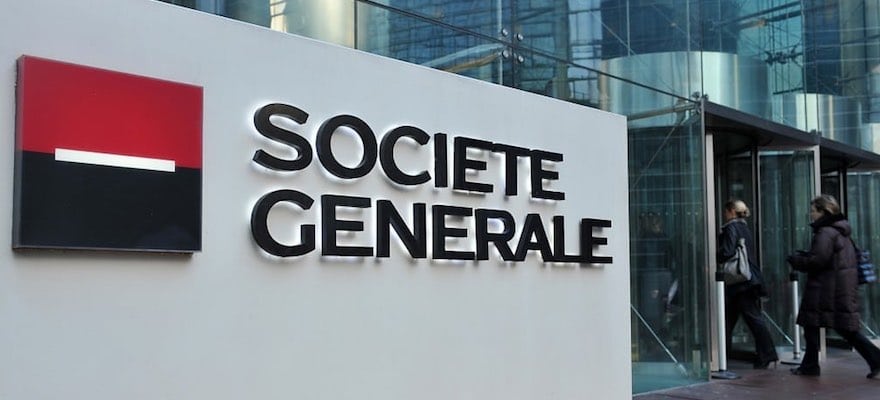Distributed Ledger Technology (DLT) ) has already shown the financial industry its diversity and potential, which has led many market participants to wonder how it could change, or even revolutionise, financial trading.
Until now, reports have been mixed on how this technology can be applied to the trading of financial instruments, such as derivatives and foreign exchange. However, on Monday, Payments Canada, the Bank of Canada, TMX Group, Accenture and R3 published a report which outlined the ways in which DLT could be used for the clearing and settlement of securities.
The findings are the result of the third stage of Project Jaspar, which is a collaborative research initiative between Payments Canada, the Bank of Canada and the TMX group. The main aim of the project was to create and experiment with an integrated securities and payment settlement platform based on the technology.
The parties involved generated a 36-page report which details the findings of the research collaboration, which can be read here. However, for those short on time, below are some of the main highlights in the report.
Findings of the report
Firstly, the report states that a DLT platform could be used for a payment and securities settlement system. It was found that the proof-of-concept platform that was created for the project was able to process pledge, transaction and redeem functions in a way that could meet the privacy and scalability requirements of the Canadian system.
In addition, the platform was also able to handle different participant sets, meaning that it could differentiate between participants and set limitations based on each individual's authorisation levels. This means that each participant was only capable of performing the functions that they were authorised to do.
Furthermore, thanks to the loose integration framework of the project, the Bank of Canada and the Canadian Depository for Securities were in full control of their respective instruments or tokens - cash for the Bank of Canada and equities for the Canadian Depository for Securities.

Andrew McCormack
Source: Canadian Payments Association
Commenting on the results, Andrew McCormack, CIO at Payments Canada, said: "We are pleased with the Phase III outcomes and the results achieved by bringing members of Canada's financial market ecosystem, including TMX, financial institutions and the Bank of Canada.
Our results demonstrate the need to continue to broaden the scope of Project Jasper and actively explore what opportunities, and challenges, DLT could offer in the integration of financial markets and for the Canadian economy."
More work needs to be done
The third stage of the research project was a focused proof of concept. The report notes that further research will be required to see whether DLT can be used to reduce costs or increase efficiency. According to the statement released on Monday, the expansion of scope for the project could include multiple assets, more types of trades and taking a look into more of the trade and post-trade settlement lifecycle.

Scott Hendry
Source: LinkedIn
Scott Hendry, Bank of Canada Senior Special Director, Financial Technology, added: "DLT is a promising technology that has the potential to reduce costs for participants and open new opportunities. Phase III of Project Jasper gave us the opportunity to test the technology further, and work remains to be done to determine how it can be set up to maximize the benefits for the whole financial system."

















